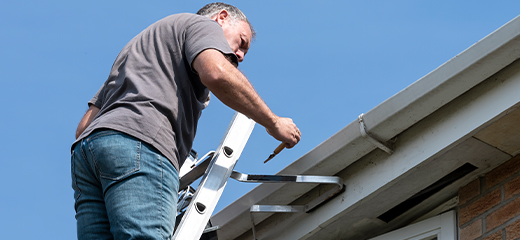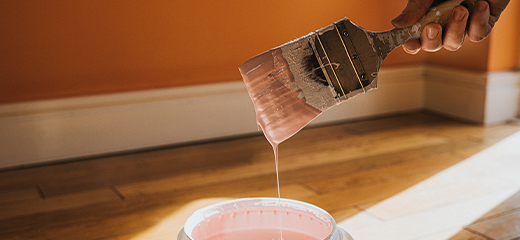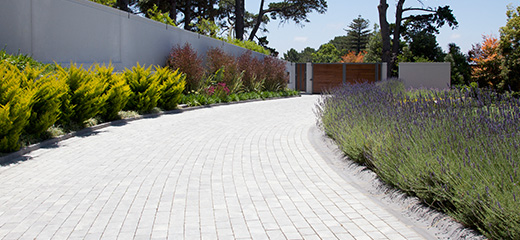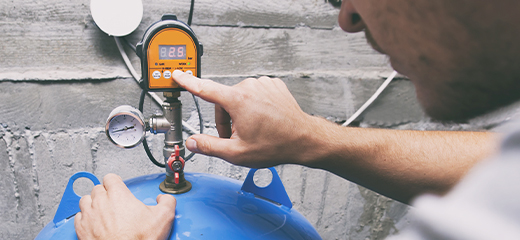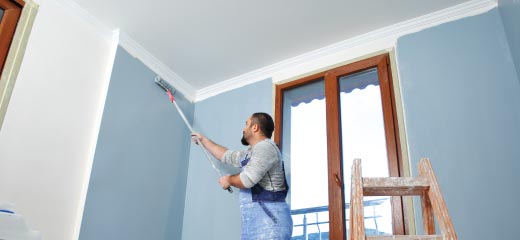
How to waterproof your home
The state of your home’s waterproofing is easy to overlook until you suddenly have water pouring through your ceiling or discover cracks or mould in your walls. Waterproofing plays a critical role in keeping the structure of your home in good condition and should be regularly assessed to prevent the need for costly repairs to your foundation, walls and roofing.
Waterproofing is the process of stopping water from entering your home as well as protecting a surface from water penetration and damage. It is particularly important for your roof, walls, foundations, doors, windows, chimneys and skylights. When your waterproofing fails, the structural integrity of your home can be dangerously impacted and the health of your family can be seriously compromised.
Waterproofing warning signs
Unfortunately, the health of your waterproofing can be difficult to gauge without the help of a professional. However, there are warning signs for which you can keep an eye out. These include instances where:
- Rain is leaking into your house through your roof.
- Brown or yellow stains are developing on your ceiling.
- The plaster and paint on your walls are beginning to degrade, peel or blister.
- Your skirting boards are showing signs of rotting.
- Black mould is beginning to appear on your walls, ceilings, skirting or cornices.
- Your walls are cracking or starting to lean.
- Your tin or corrugated iron roofing is showing patches of rust.
- Your floors are buckling or no longer even.
If your home is displaying any of these symptoms, then it is time to call in a waterproofing professional before the damage spreads and becomes more expensive to repair.
Understanding waterproofing options
When applied properly waterproofing has a long lifespan, ranging between 10 and 50 years, depending on the material used. Selecting the right waterproofing option for your needs can be difficult as different areas and materials require different waterproofing options. However, it will help you to know what your waterproofing professional is talking about.
Polyurethane is a plastic material that comes in various forms that can be seamlessly applied, penetrating the surface deeply and evenly, and is resistant to oil, detergents and various chemicals. It is able to fill even the smallest cracks in concrete, significantly reducing its capacity to absorb water. Although it’s one of the best waterproofing materials, it is rather expensive.
Cementitious coating is made up of a mix of sand, organic and inorganic substances, and silica-based materials. It is very easy to apply and cost-effective, however, it lacks flexibility.
EPDM rubber comes in membranes and is a good option to consider for roofing as it is particularly flexible, expanding and contracting with the surrounding temperature changes.
Thermoplastic has the longest lifespan when heated correctly and is an excellent option for sealing sheets and panels. It is also very flexible and resistant to impact.
Bituminous membrane is adaptable, easy to apply and very affordable. Unfortunately, it is not an eco-friendly or sustainable product as it is made from crude oil.
PVC membranes are one of the most commonly used materials for the waterproofing of roofs and can be reinforced to offer more durability. It is also very easy to install and has a long lifespan, however, it is also expensive.
Waterproofing is a project that can be attempted yourself; but, given the cost and importance of doing it properly, it is best done by a qualified waterproofing contractor who will provide warranties on the work done that will keep your insurer happy and yourself free of worry.
